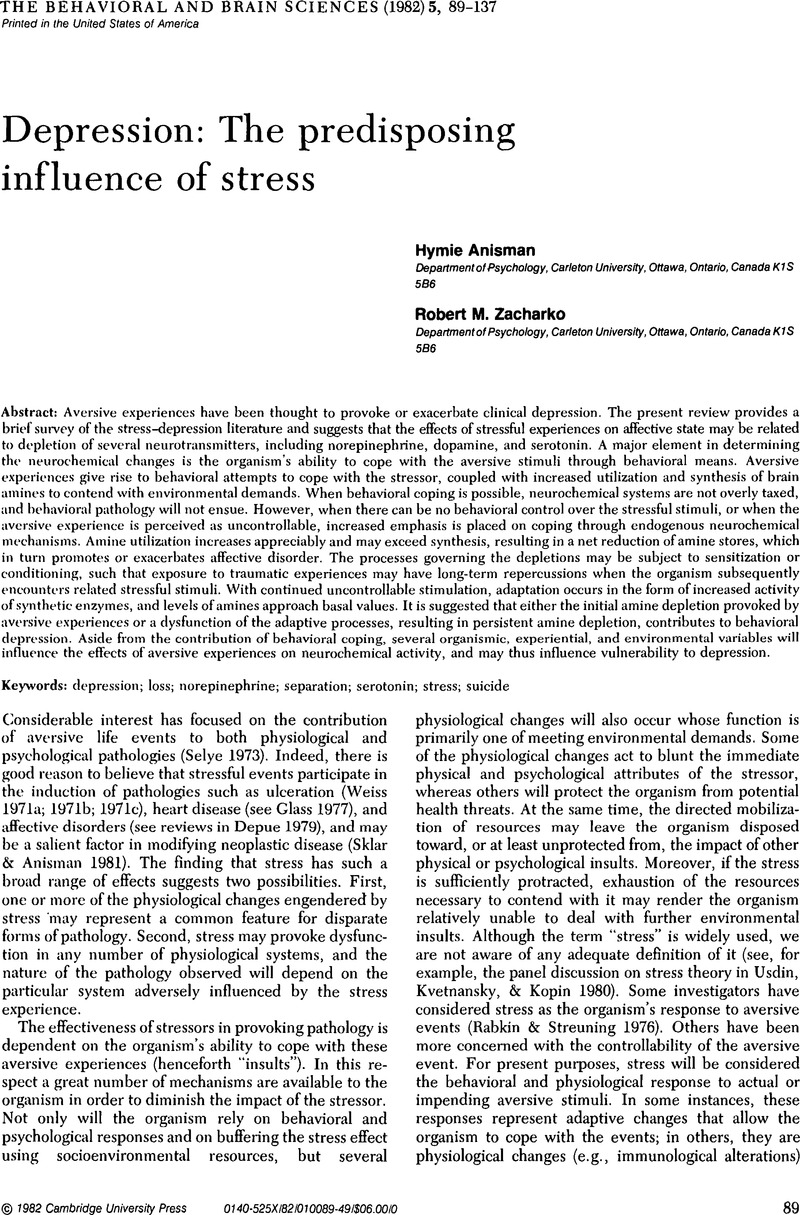Crossref Citations
This article has been cited by the following publications. This list is generated based on data provided by Crossref.
Saklofske, D.H.
1985.
The relationship between Eysenck's major personality dimensions and simultaneous and sequential processing in children.
Personality and Individual Differences,
Vol. 6,
Issue. 4,
p.
429.



